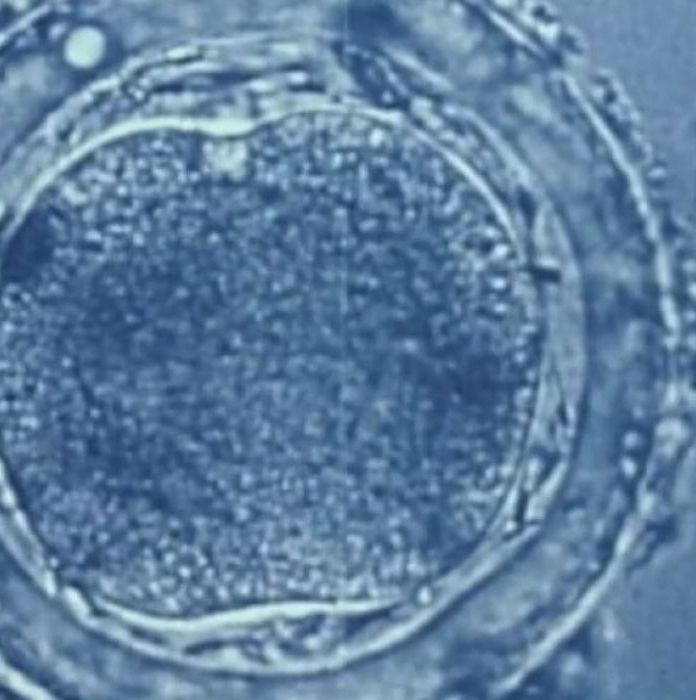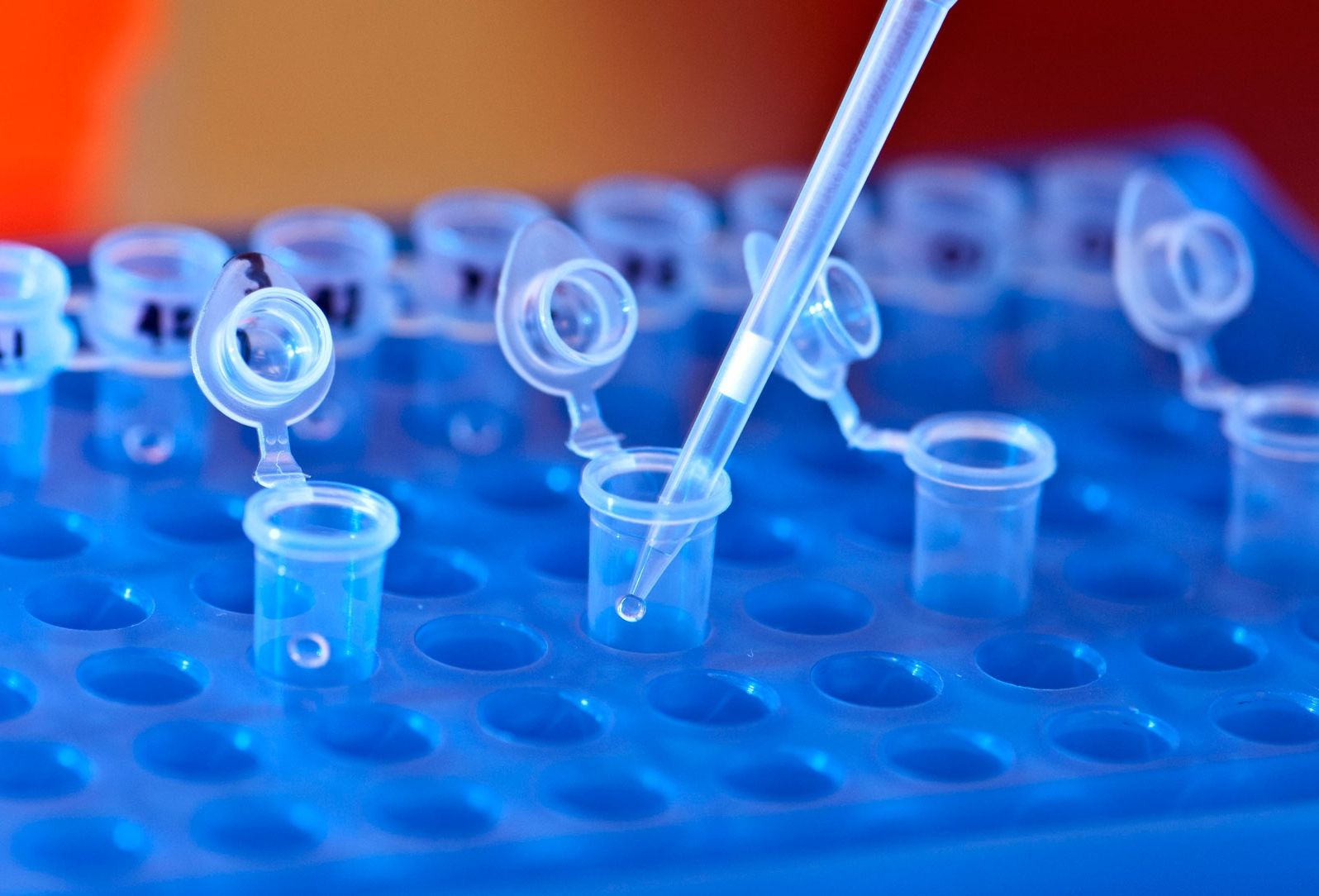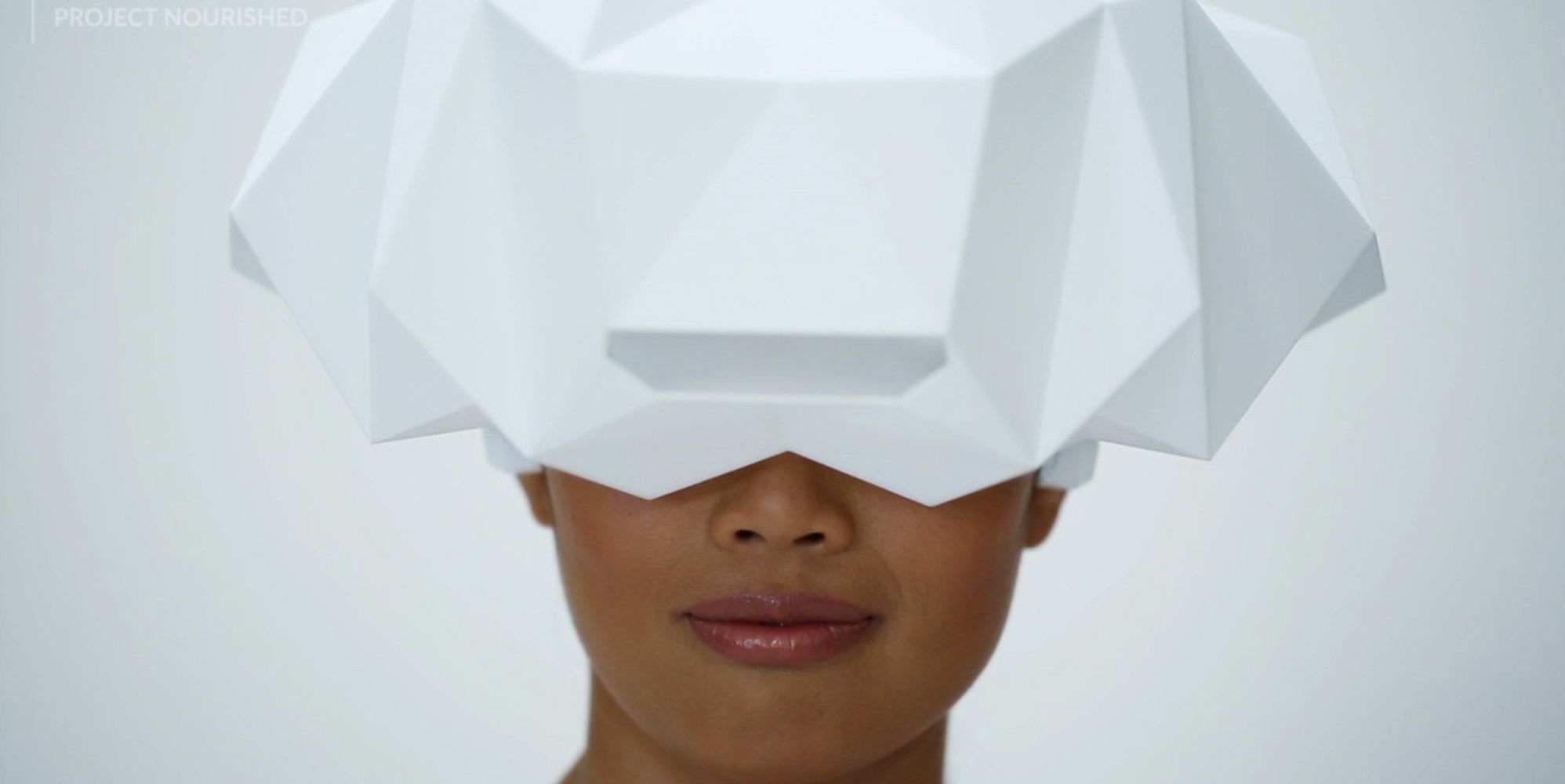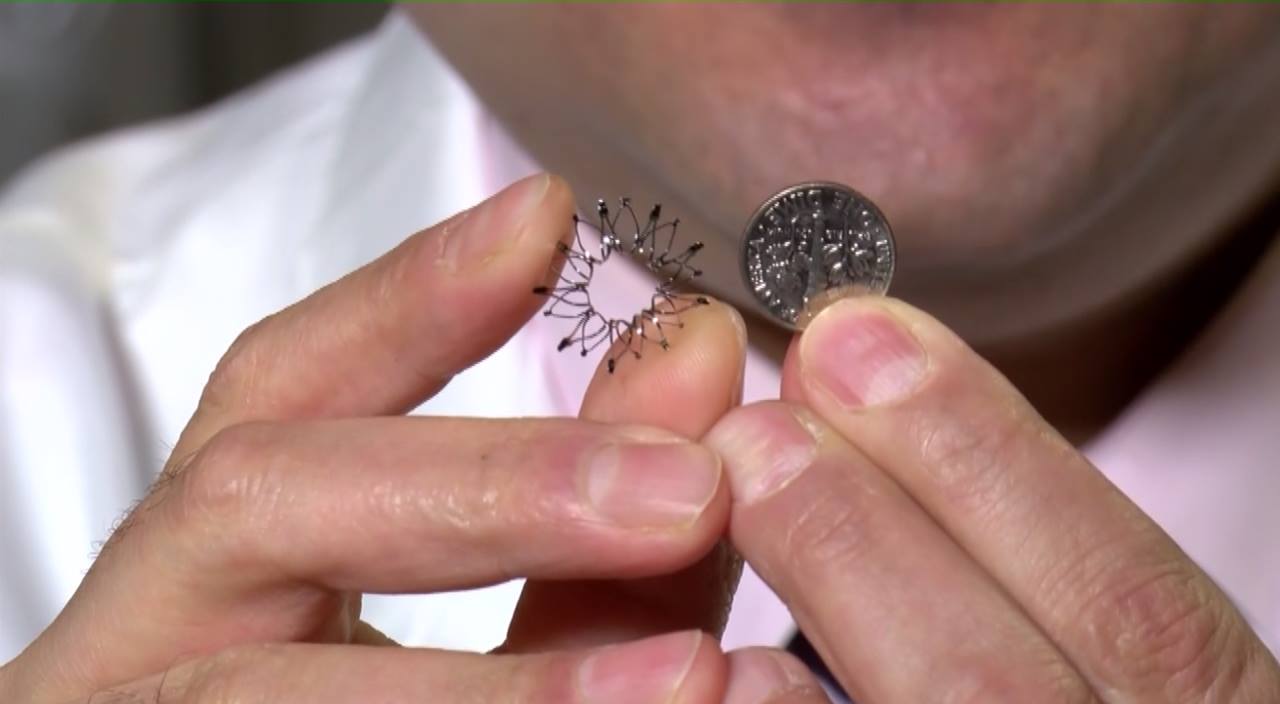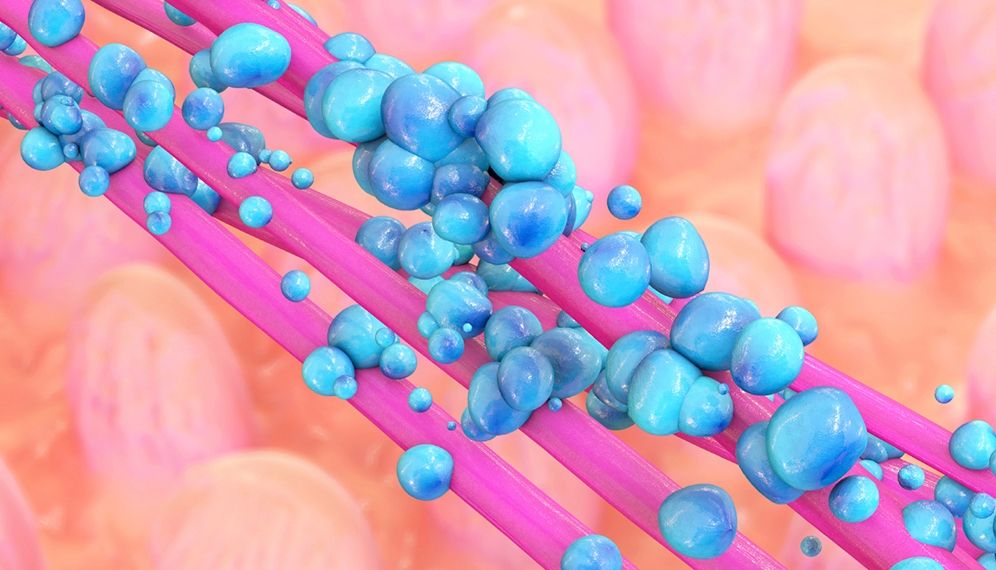Scientists in Spain say they have created human sperm from skin cells, which could eventually lead to a treatment for infertility.
Category: biotech/medical
“[Using DNA,] you could fit all the knowledge in the whole world inside the trunk of your car,” Twist Bioscience CEO Emily Leproust told TechCrunch.
Twist Bioscience, a startup making and using synthetic DNA to store digital data, just struck a contract with Microsoft and the University of Washington to encode vast amounts of information on synthetic genes.
Big data means business and the company able to gather a lot of it is very valuable to investors and stockholders. But that data needs to be stored somewhere and can cost a lot for the upkeep.
Digital data stored on media also has a finite shelf life. But researchers have discovered new ways to stuff digital information over the last few years – including in our DNA, which can last thousands of years intact.
Supercomputer facing problems?
In the world of High Performance Computing (HPC), supercomputers represent the peak of capability, with performance measured in petaFLOPs (1015 operations per second). They play a key role in climate research, drug research, oil and gas exploration, cryptanalysis, and nuclear weapons development. But after decades of steady improvement, changes are coming as old technologies start to run into fundamental problems.
When you’re talking about supercomputers, a good place to start is the TOP500 list. Published twice a year, it ranks the world’s fastest machines based on their performance on the Linpack benchmark, which solves a dense system of linear equations using double precision (64 bit) arithmetic.
Looking down the list, you soon run into some numbers that boggle the mind. The Tianhe-2 (Milky Way-2), a system deployed at the National Supercomputer Center in Guangzho, China, is the number one system as of November 2015, a position it’s held since 2013. Running Linpack, it clocks in at 33.86 x 1015 floating point operations per second (33.86 PFLOPS).
We definitely need precision medicine. If you don’t believe it is worth that; then I have a few widows & widowers who you should speak to; I have parents that you should speak with; I have a list of sisters & brothers that you should speak with; and I have many many friends (including me) that you should speak with about how we miss those we love because things like precision medicine wasn’t available and could have saved their lives.
Precision medicine is the theme for the 10th annual symposium of the Johns Hopkins Institute for Nano Biotechnology, Friday, April 29, 2016 at 9 a.m. in the Owens Auditorium at the School of Medicine. This year’s event is cohosted by Johns Hopkins Individualized Health Initiative (also known as Hopkins in Health) and features several in Health affiliated speakers.
By developing treatments that overcome the limitations of the one-size-fits-all mindset, precision medicine will more effectively prevent and thwart disease. Driven by data provided from sources such as electronic medical records, public health investigations, clinical studies, and from patients themselves through new point-of-care assays, wearable sensors and smartphone apps, precision medicine will become the gold standard of care in the not-so-distant future. Before long, we will be able to treat and also prevent diseases such as diabetes, Alzheimer’s disease, heart disease, and cancer with regimes that are tailor-made for the individual.
Hopkins in Health is a signature initiative of Johns Hopkins University’s $4.5 billion Rising to the Challenge campaign is a collaboration among three institutions: the University, the Johns Hopkins Health System, and the Applied Physics Laboratory. These in Health researchers combine clinical, genetic, lifestyle, and other data sources to create innovative tools intended to improve decision-making in the prevention and treatment of a range of conditions, including cancer, cardiovascular disease, autoimmune disorders, and infectious disease. The goal is to “provide the right care to the right person at the right time.”
Is AR your new diet plan?
The future of dining is here, and it’s all about molecular gastronomy, augmented reality headsets and multi-textured algae — and it’s virtually no calories.
Researchers at Project Nourished have found a way to merge the taste, feel and smell of food using atomizers, virtual reality headsets, a device that mimics chewing sounds, a glass with built-in sensors, a specialized utensil, and a 3D-printed food cube. The goal is to trick the user’s mind and palate into thinking they’re experiencing something entirely different than what they’re actually eating.
According to CEO Jinsoo An, the project was born out of his frustrations with his own gluten and soy sensitivities. He wants to help people struggling with weight management, diabetes and other food intolerances, so they can enjoy foods they might not otherwise be able to consume.
Nano-particles to treat Acute Myeloid Leukaemia.
A new therapeutic strategy for treating Acute Myeloid Leukaemia could involve using nano-particles to deliver a genetic molecule to fight the disease.
The nanoparticles carrying microRNA miR-22, (a small non-coding RNA molecule that regulates gene expression), showed therapeutic potential in mouse models of Acute Myeloid Leukemia (AML).
AML is a form of cancer of the blood cells which, despite intensive chemotherapy, is often fatal within one or two years from diagnosis.
Could we use this for colon scopes? I know many who would like to stop drining the speciality milk shake from their local drug stores prior to the date with the GI.
A minimally invasive screening for ulcerative colitis, a debilitating gastrointestinal tract disorder, using emerging infrared technology could be a rapid and cost-effective method for detecting disease that eliminates the need for biopsies and intrusive testing of the human body, according to researchers at Georgia State University.
The technique involves testing serum, the clear liquid that can be separated from clotted blood, for the increased presence of mannose, a sugar that is a marker for colitis, using Attenuated Total Reflectance Fourier Transform Infrared (ATR-FTIR) spectroscopy. This technology is sensitive to vibrations in the chemical bonds of the serum sample’s molecules and requires minimal sample preparation, making it a rapid diagnostic alternative.
The findings are published in the Journal of Biophotonics.
Lesson in Vitamin D.
Low levels of vitamin D in black teens correlates with low activity of a major mechanism for controlling gene expression that may increase their risk of cancer and other disease, researchers report.
Their study measured vitamin D levels as well as levels of global DNA methylation in 454 healthy individuals age 14–18. In this group, 99 percent of the white teens had adequate vitamin D levels, 66 percent of the black teens were vitamin D-deficient and all the black teens had lower levels of methylation compared to their white peers, said Dr. Haidong Zhu, molecular geneticist at the Georgia Prevention Institute at the Medical College of Georgia at Augusta University.
When they looked at another group of 58 young black individuals also with low vitamin D and methylation levels who received varying doses of vitamin D supplements for 16 weeks, they found a dose response: the more vitamin D received, the higher the methylation activity, said Zhu, corresponding author of the study in the journal PLOS ONE.
